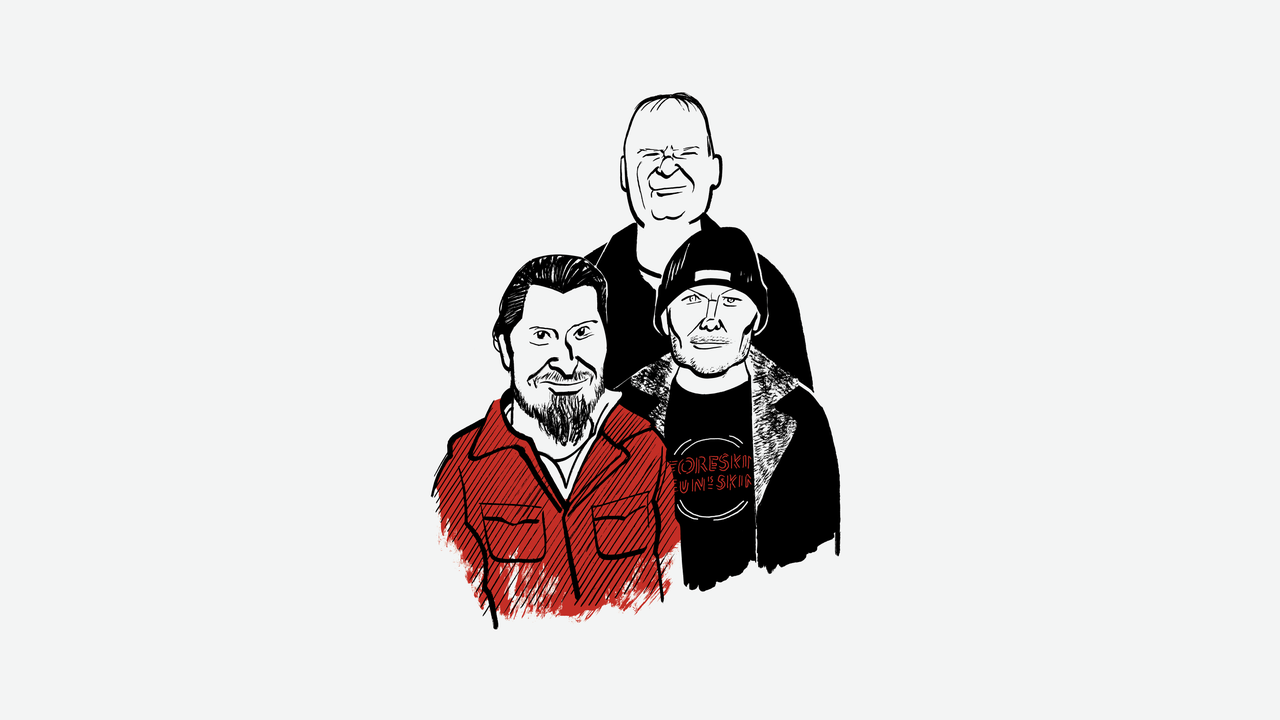Understanding the Intactivist Movement: A Bold Stand Against Circumcision
The Intactivist movement is rapidly gaining traction as a growing number of advocates challenge the long-standing practice of circumcision. This movement raises critical ethical questions about bodily autonomy, medical necessity, and cultural traditions, sparking heated debates across various platforms. As we delve into the motivations and implications of this burgeoning campaign, it becomes clear that the issues at hand extend beyond mere personal choice; they touch on deeper themes of rights, health, and societal norms.
The Roots of the Intactivist Movement
The Intactivist movement, emerging primarily in the late 20th and early 21st centuries, is rooted in the belief that individuals, particularly infants, should have the right to make decisions about their own bodies. Advocates argue that circumcision, often performed without the consent of the person undergoing the procedure, is a violation of bodily autonomy. This perspective is particularly resonant in a world increasingly focused on personal rights and informed consent.
Moreover, many Intactivists emphasize the potential risks associated with circumcision, including complications such as bleeding, infection, and adverse psychological effects. They argue that these risks, combined with the lack of substantial medical benefits for routine circumcision, underscore the necessity of reevaluating this practice.
The Ethical Debate Surrounding Circumcision
The ethical implications of circumcision are at the forefront of the Intactivist movement. Here are some critical points that illustrate the ethical debate:
- Bodily Autonomy: Proponents of the Intactivist movement argue that every individual has the right to make choices regarding their body. Infants, who cannot consent, are subjected to a procedure that can have lifelong consequences.
- Medical Necessity: Many medical organizations, including the American Academy of Pediatrics, have stated that while there may be some health benefits to circumcision, these do not outweigh the risks involved. Intactivists point out that most of these benefits can be achieved through proper hygiene.
- Cultural Sensitivity: Circumcision is often performed for religious or cultural reasons. However, Intactivists advocate for a nuanced understanding that respects cultural practices while also prioritizing individual rights.
Personal Stories: The Human Element Behind the Movement
One of the most compelling aspects of the Intactivist movement is the personal stories shared by those affected by circumcision. For many, these narratives highlight the emotional and psychological consequences of undergoing the procedure, often without consent. Here are a few common themes from these stories:
- Regret: Many men who were circumcised as infants express feelings of loss or regret when they learn about the procedure and its implications later in life.
- Psychological Impact: Some individuals report experiencing distress or discomfort related to their circumcision, contributing to a broader understanding of how bodily autonomy is intertwined with mental health.
- Advocacy: Numerous Intactivists are motivated by their own experiences, using their voices to advocate for others who may not have the same opportunity to speak out.
The Role of Education and Awareness
Education plays a critical role in the Intactivist movement. Advocates emphasize the importance of informing parents about the potential risks and benefits of circumcision, encouraging them to make informed decisions rather than following tradition without question. This educational push includes:
- Workshops and Seminars: Many organizations host events to educate parents and healthcare professionals about the issues surrounding circumcision and bodily autonomy.
- Online Resources: Websites and social media platforms dedicated to Intactivism provide a wealth of information, personal stories, and scientific research to help individuals make informed choices.
- Legal and Policy Advocacy: Some Intactivists are working to influence legislation that protects the rights of minors, seeking to restrict non-consensual medical procedures.
The Global Perspective on Circumcision
While the Intactivist movement is particularly prominent in the United States and other Western nations, circumcision is a global practice with varying cultural significance. In many societies, it is seen as a rite of passage, a religious obligation, or a cultural tradition. Understanding these contexts is vital for fostering dialogue about the Intactivist movement:
- Religious Contexts: In Judaism and Islam, circumcision is a deeply rooted religious practice. Intactivists advocate for respectful discussions that honor these traditions while also considering the rights of individuals.
- Health Perspectives: In some cultures, circumcision is viewed as a preventive health measure. Intactivists argue for the importance of weighing these beliefs against contemporary medical understanding.
- Changing Attitudes: As awareness of the Intactivist movement grows, some communities are beginning to reconsider their stance on circumcision, leading to shifts in cultural practices.
The Future of the Intactivist Movement
The future of the Intactivist movement appears promising as awareness continues to spread. With increasing access to information and a growing emphasis on individual rights, more people are beginning to question the necessity of circumcision. Key factors likely to influence the movement’s evolution include:
- Advancements in Medical Research: Ongoing studies into the long-term effects of circumcision may provide additional insights that further inform public opinion.
- Media Representation: As the Intactivist movement gains visibility in mainstream media, public discourse is likely to shift, opening the door for more nuanced conversations.
- Grassroots Activism: The passion and dedication of Intactivists will continue to play a crucial role in advocating for change, ensuring that the conversation around circumcision remains relevant.
Conclusion: Embracing Change and Respecting Rights
In conclusion, the Intactivist movement represents a bold stand against circumcision, advocating for the rights of individuals to make informed choices about their bodies. Through education, personal narratives, and cultural sensitivity, advocates are challenging long-held beliefs and practices. As society continues to evolve, the importance of respecting bodily autonomy and fostering informed consent will remain paramount. The Intactivist movement is not just about opposing a medical procedure; it’s about championing the rights and dignity of all individuals, regardless of age.
See more WebMD Network



